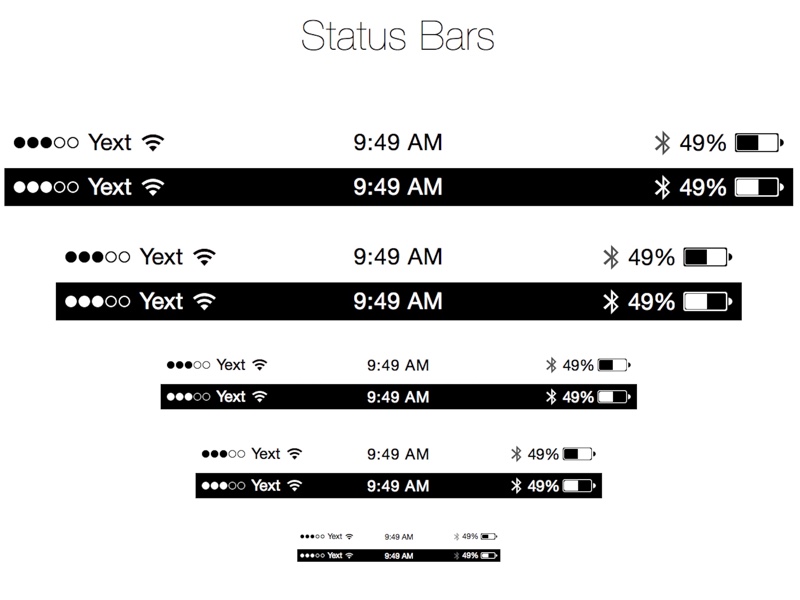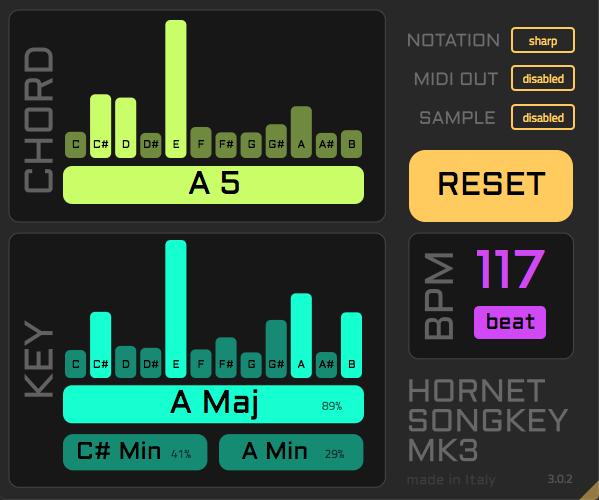
If you use the first option, then you need to create your custom QMenu objects first. The menu bar takes the ownership of the menu and the method returns the new QMenu object.


QMenuBar.addMenu(icon, title) creates and appends a new QMenu object with an icon and a title to a menu bar object. QMenuBar.addMenu(title) creates and appends a new QMenu object with the string ( title) as its title to a menu bar. It returns the action associated with this menu. QMenuBar.addMenu(menu) appends a QMenu object ( menu) to a menu bar object. There are at least three ways for adding menus to a menu bar object in PyQt: Menus are pull-down lists of menu options that you can trigger by clicking them or by hitting a keyboard shortcut. To see the menu bar on your application’s main window, you need to create some menus. That’s because your menu bar is still empty. If you run your sample application with these new changes, then you won’t see the menu bar shown on the application’s main window. In your text editor example, you could add options like New, Open, Save, Copy, and Paste to a toolbar.Ĭlass Window ( QMainWindow ): """Main Window.""" def _init_ ( self, parent = None ): # Snip. A toolbar is a panel of buttons with meaningful icons that provide fast access to the most commonly used options in an application. You can also add some of these options to a toolbar.
Bpm tool for status bar mac manual#
Bpm tool for status bar mac how to#
You can download the code and resources for the sample application that you’ll build in this tutorial by clicking on the box below:ĭownload the sample code: Click here to get the code you’ll use to learn how to add menus, toolbars, and status bars to your GUI applications using Python and PyQt.

If you’re new to GUI programming with PyQt, then you can check out Python and PyQt: Building a GUI Desktop Calculator. In addition, you’ll learn some programming best practices that you can apply when creating menus, toolbars, and status bars with Python and PyQt.



 0 kommentar(er)
0 kommentar(er)
